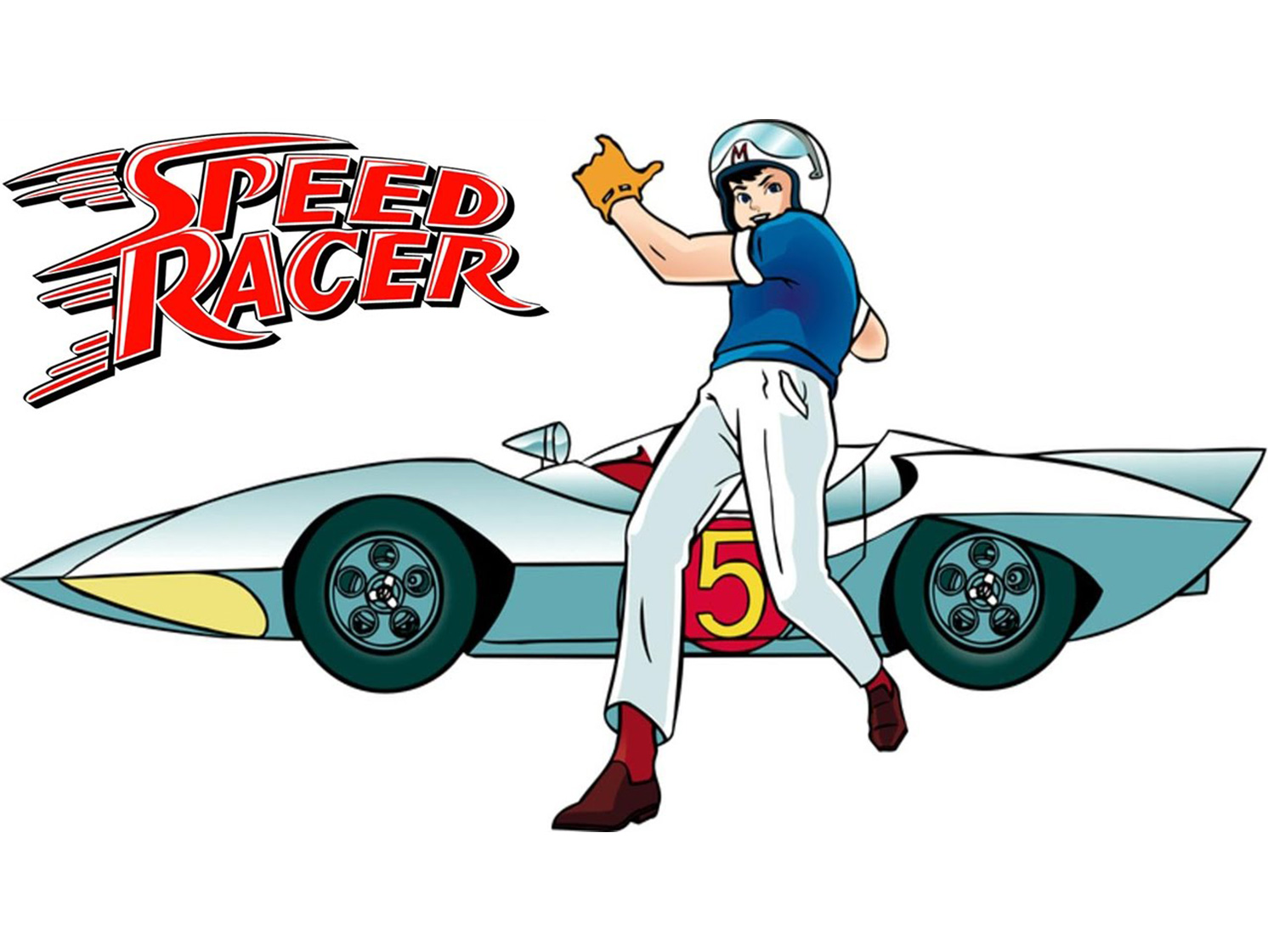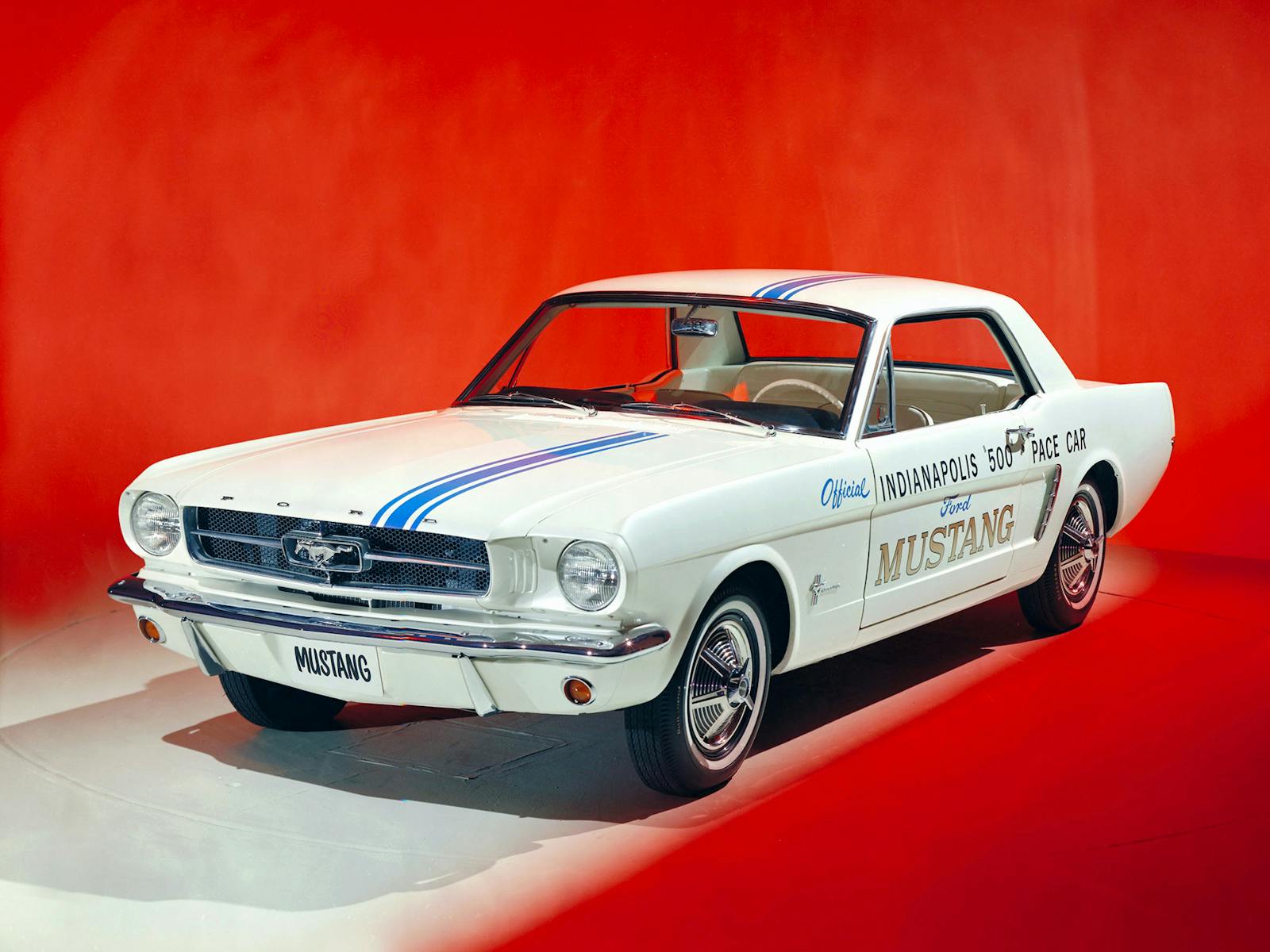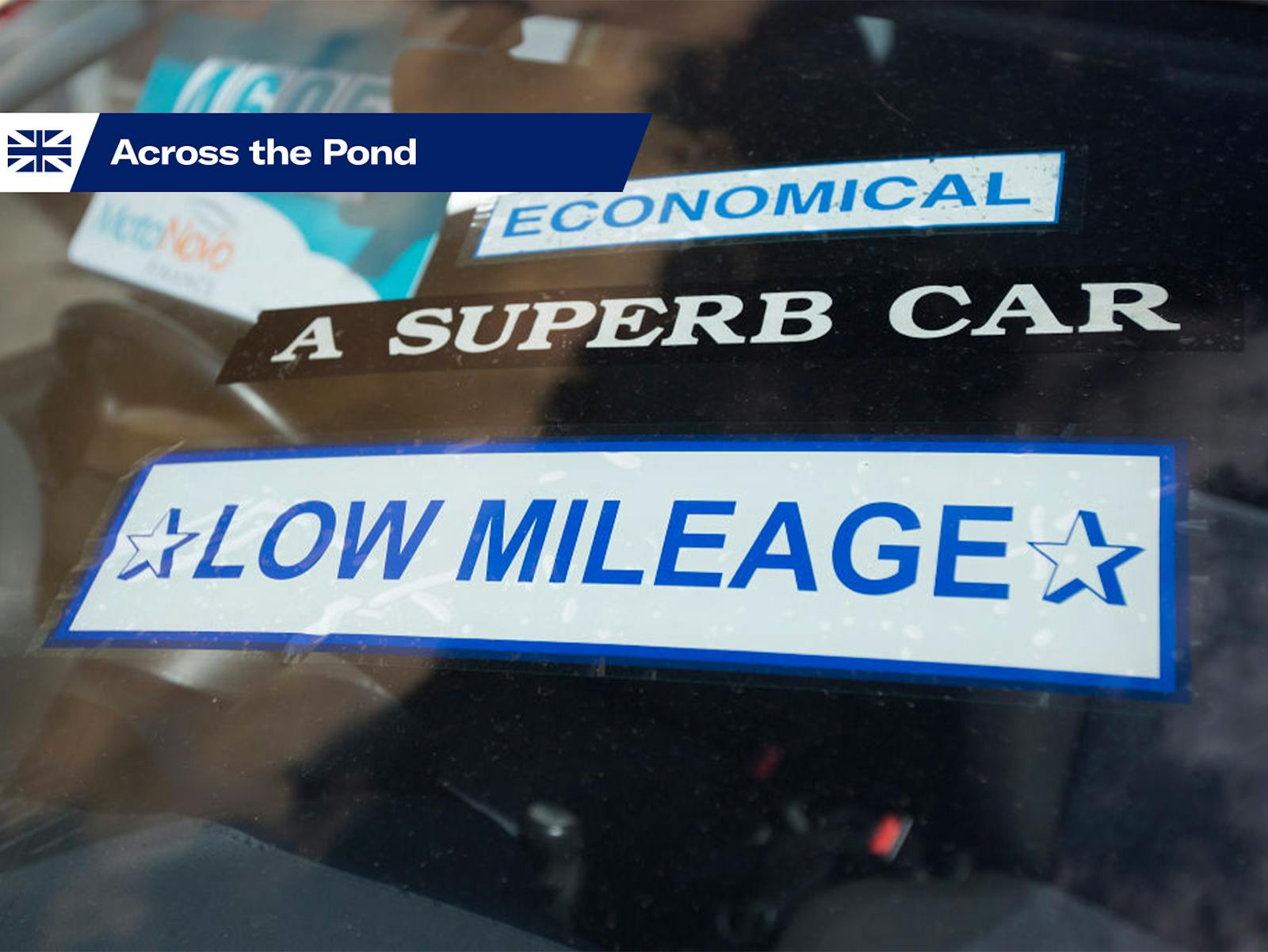7 car-themed cartoons that shaped young enthusiasts before cable TV
This story originally appeared on Hagerty Media in the fall of 2019. It is reproduced here with updated video links and no other changes. Grab a bowl of Cap’n Crunch and enjoy! —Ed.
If you remember Speed Buggy, the Mach 5, or Thunderbolt Grease Slapper, no doubt you remember the Saturday-morning cartoon race-car drivers who drove them. After all, odds are you were a child at the time.
Before cable TV dominated America, and when there were only three broadcast networks, Saturday morning TV programming was given over to animated cartoons beginning in the mid-1960s. The brainchild of Fred Silverman, who was the head of daytime programming for CBS-TV at the time, the idea gave animation producers an outlet for their shows.
Until then, cartoons were mostly distributed to television stations via syndication. With so much time to fill, producers went beyond the anthropomorphic animals that had been producers’ stock in trade, creating adventure shows aimed at members of the viewing public with Y-chromosomes. Here, then, are the shows you remember, the ones that revved our imaginations every week.
Speed Racer (1967)
The premise: Teenage race-car driver Speed Racer seeks to become one of the world’s top racing drivers in the Mach 5, a race car built by his father and aided by the masked Racer X, who was really Speed’s brother.
The backstory: Created in Japan by Tatsuo Yoshida, and originally called Mach, Go, Go, Go, this is among the earliest of Japanese anime TV shows adapted for American audiences by Peter Fernandez, who also worked on such other Japanese imports, Astroboy, Marine Boy, and Gigantor. The dubbing was awful, but Speed Racer was among the few animated TV shows with realistic human characters. The Mach 5’s design was derived from the Ferrari 250 Testa Rossa, the Ford GT40, and the Aston Martin DB5.
Tom Slick (1967)
The premise: An oblivious but altruistic race-car driver (whose name plays on the name for racing tires, “slicks”) travels the world racing his car, the Thunderbolt Grease Slapper, and fighting the evil Baron Otto Matic.
The backstory: Arriving shortly after such movies as The Great Race and Grand Prix had proven to be big box-office hits, this Jay Ward creation was one of the three segments appearing in the George of the Jungle show and was easily the least interesting. Nevertheless, the show’s cocreator, Bill Hurtz, has said that Hanna-Barbera ripped off the idea for their show, The Wacky Races, which debuted the following year. But it differed from Tom Slick in one important respect: Its scripts were not amusing to both children and adults.
The Wacky Races (1968)
The premise: With a decided nod towards the movie The Great Race, not to mention Tom Slick, 13 racers travel America participating in races in their wild race-cars.
The backstory: This show’s concept started as a game show, with contestants betting on which team would win the race. Thankfully, CBS switched the concept to a Saturday morning cartoon, where it raised the ire of parents who disliked what they perceived as excessive violence in children’s TV shows.
That said, two of the show’s characters were derived from the movie. Penelope Pitstop seems to have been inspired by Natalie Wood’s character Maggie DuBois, while the evil Dick Dastardly was derived from Jack Lemmon’s character, Professor Fate. Both characters spun-off into their own Saturday morning show, The Perils of Penelope Pitstop, a year later.
Motormouse and Autocat (1969)
The premise: Motorbike-loving Motormouse is the unwelcome resident of the Spin Your Wheels garage, where the race-car-loving Auto tries, and fails, to win speed competitions against his rodent rival.
The backstory: Spun off from the cartoon show Cattanooga Cats (what? you don’t remember it?!) this 16-episode Hanna-Barbera ABC-TV series is basically a Tom & Jerry/Pixie and Dixie rehash with motorized metal. It’s the first, but not the last knock-off of The Wacky Races, which in turn was copied from Tom Slick. But this series has fallen into obscurity, mainly due to its cynically unoriginal premise.
Hot Wheels (1969)
The premise: The show revolved around the adventures of Jack “Rabbit” Wheeler and his rear-engine, wedge-shaped sports buggy called the Jack Rabbit Special. Wheeler and his friends’ outfit was called—surprise—Hot Wheels.
The backstory: One year after launching its new line of toy cars, Mattel signed off on a Saturday morning TV show based on the toys on ABC. Promoting toys through a TV show attracted the attention of the Federal Communication Commission, which declared the show nothing more than a 30-minute commercial, which it was, since the die-cast cars were featured on the show. By 1971, the FCC had the show removed from the air, but such regulations fell by the wayside in the 1980s.
Speed Buggy (1973)
The premise: Spouting such phrases as “roger-dodger!” and “vroom-a-zoom-zoom,” the sputtering anthropomorphic dune buggy named Speed Buggy travels to various races with his driver/mechanic Tinker and his friends Mark and Debbie, solving mysteries along the way. Speedy could fly as well as drive, making for some unique scenes.
The backstory: Produced by Hanna-Barbera, the show featured another group of “meddling kids” not unlike those in Scooby-Doo. However, some of Speed Buggy’s scripts were reworked versions of other Hanna-Barbera scripts, particularly Josie and the Pussycats. Nevertheless, after 16 half-hour episodes ran on CBS in 1973, it continued in reruns until 1975. After that, it was rerun on ABC in 1976, followed by NBC later that year into 1977.
Wheelie and the Chopper Bunch (1974)
The premise: Looking much like a bad VW Beetle knockoff named Wheelie, the anthropomorphized car—wonder where that idea came from—and his car girlfriend Rota Ree (… groan) are pursued by the Chopper Bunch, who include the motorcycles Chopper, Revs, Scrambles, and Hi Rise.
The backstory: This cynical NBC series produced by Hanna-Barbera proves that the one thing you can say about network executives is that they were not afraid to recycle an idea until it was bereft of any artistry, humor, or interest. This cartoon series is proof, showing what overzealous federal regulation, timid network executives, and uninspired producers create when all the wrong things coalesce: a TV show that fills airtime between commercials.
Larry Printz is a cartoonist and automotive journalist based in South Florida. He can be reached at TheDrivingPrintz@gmail.com.
***
Check out the Hagerty Media homepage so you don’t miss a single story, or better yet, bookmark it. To get our best stories delivered right to your inbox, subscribe to our newsletters.



Speed Racer I watched, and I did see Wacky Races occasionally, but never paid attention to the name at the time. I might check out a few of the others out of curiosity. I spent a lot of time playing outside, so TV time was limited to lunches and Saturday mornings.
I have a Jack Rabbit Special and a few other original Hot Wheels with the red line tires!
i think i remember every one of those youth life stealers.. .only one i don’t regret ever wasting my attention on was speed racer – and even that was pretty bad
And now we have Initial D for a new generation.
It seemed like every time we watched Speed Racer, it made us want to start a fight. I could never figure out why.
Huge fan of Speed and the gang, it was on after Kimba the White Lion. But the name Penelope Pitstop lives through generations. Any woman driving fast gets that name. And there was the two storage guys that hit each other over the head. And don’t forget Muttly, the dog. So cool. Great memories. Thanks